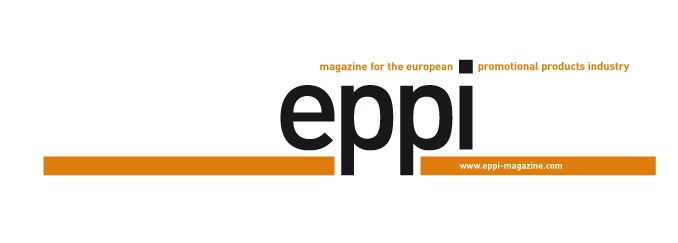War in the Ukraine, energy crisis, recession, political turbulence…: Once again for the European promotional products industry a year is coming to an end that was everything – except normal. This makes it all the more surprising that many promotional products companies experienced an upturn in business in 2022 and are fortunately able to report good turnovers. As is customary towards the end of the year, eppi magazine interviewed industry professionals throughout Europe and asked them for their evaluations: What awaits the promotional products market over the coming months and where is it headed in the face of the huge challenges of the 2020’s?
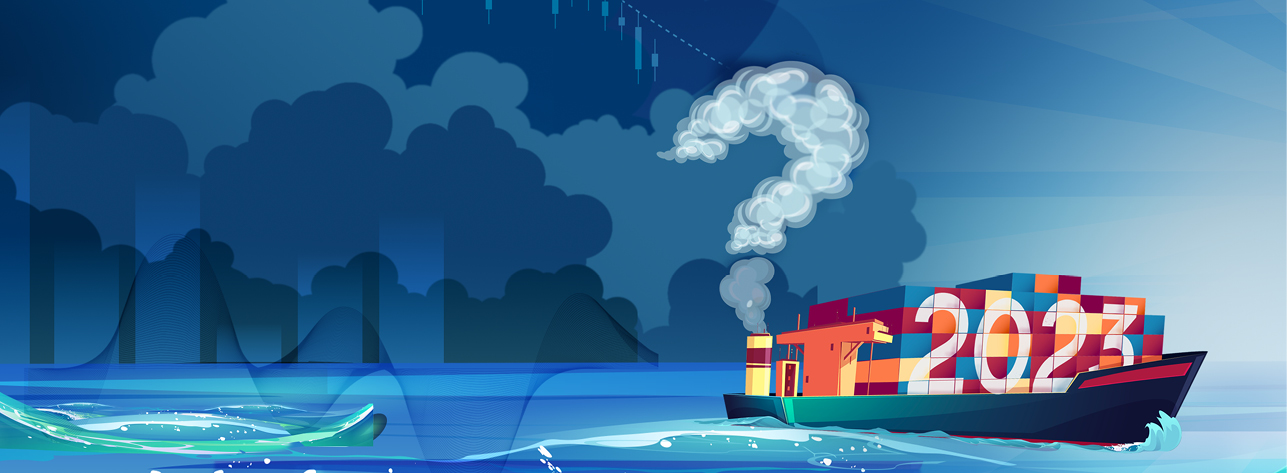
The real-life business scene of 2022 is very similar to a computer game. Following considerable efforts and many failed attempts one has just managed to defeat the last opponent and the next level is waiting just round the corner – with even bigger hurdles, even more frightening abysses and even meaner creatures. Of course, the comparison is rather inappropriate – the situation is simply too serious for many people at the end of a year, where one crisis followed the next. But let’s go through it step by step: At the turn of the year what people all over the globe have experienced several times now repeated itself – due to the fourth wave of COVID, many regions found themselves in the umpteenth lockdown. Once again, the promotional products industry didn’t kick off the year with a marathon of trade fairs and New Year’s fireworks, but instead with its feet on the brake. Companies that were suffering badly after two years of the COVID pandemic, were put to the test again.
And then there was the war. What no one in 21st Century Europe thought possible happened. In the wake of an invasion that constituted a breach of international law, Wladimir Putin’s Russia attacked the Ukraine. The city where industry players from all over Europe met up at the RemaDays in Kiev just two years ago, is being hit by missiles today. Just two months after the start of the year, the situation in Europe is totally haywire. The images from Bucha or Mariupol, reports about missiles hitting Poland, Putin’s increasing and unpredictable readiness for escalation – all of this is deeply disturbing and worrying. Eckhard Sohns, Prodir/Pagani Pens summed it up in a nutshell: “The Russian invasion brought with it the almost seamless transition from the pandemic to a complex dynamic of several crises that keep fuelling each other on. This has driven many to their limits – and we are noticing this in the daily business with our customers, partners and suppliers.”
For the first time in decades, European companies are directly feeling the effects of a war. This is also one of the reasons why the Ukraine has felt a wave of solidarity – especially from the neighbouring states. “On the one hand, we decided to end all our business activities in the Russian Federation. On the other hand, we employed several hundreds of new employees from the Ukraine in our factory in Poznan, Poland” (Ralf Oster, PF Concept). “Almost all of our donations in 2022 made their way to the Ukraine. As a Bulgarian company, we feel close to the Ukrainian people, not just geographically, and our hearts truly go out to them” (Rob Armour, Kingly). “We not only sent trucks with first aid products; we also employed a considerable number of Ukrainians at our Brno unit” (Alexandre Gil, Stricker). Once again the industry demonstrated pragmatism, entrepreneurial spirit, the talent to improvise and solidarity, instead of falling into a state of shock.
Revival
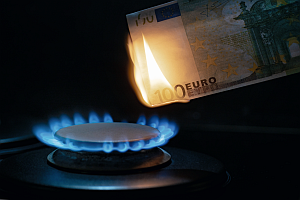
The energy crisis and inflation are troubling the market.
On the whole, the year didn’t go that badly for a lot of companies – on the contrary. If one takes the interviews, which as every year eppi magazine held with industry professionals from all over Europe, as the benchmark, the promotional products market has been able to recover well from the COVID-related slumps and burdens since the spring. Many talked about a significant upswing as well as a reasonable Christmas business and are bringing the year to a close with a positive result. “2022 will be our best year ever in terms of sales despite the increases in sales prices” (Maciej Mackowiak, Promonotes). “The spring and the early summer months were very successful for us, we didn’t really notice the COVID pandemic after that” (Simon Speelman, Blooms out of the Box). “Business is going better than ever; we will significantly increase our turnover in 2022 and will make a large profit” (Stephen Baumgaertner, Cybergroup).
Back to live
As in 2021, trade fairs were staged again from the second quarter onwards and they brought about the desired business revival. Once again it became clear: Live platforms are indispensable for a people’s business like the promotional products industry, whose products one has to be able to hold in one’s hand. This is one of the reasons why many companies are looking forward to the PSI Show with high expectations and great anticipation. The show is being staged as a physical event again in 2023 for the first time since 2020. “We will be there and of course supporting our members. The PSI plays an important role for our industry“ (Carey Trevill, BPMA). “We can only hope that the PSI will be able to find its way back to the successful editions of the past years” (Luca Bortoletto, Maikii).
Whoever visits the PSI, will encounter a different show compared to the editions prior to COVID, since as is the case for every organiser, the former leading trade fair of the promotional products industry is also battling against a declining number of exhibitors and visitors. However, the PSI will nevertheless fulfil its function as the mood barometer for the state of the market – and it is going to be interesting to see how the interim balance of the winter actually fairs in the face of the current panic mongering.
Winter is coming
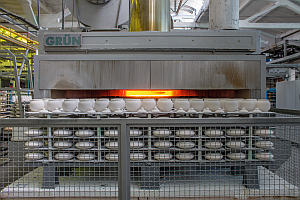
Manufacturing companies with a high energy consumption are particularly affected by the crisis.
Large parts of Europe are affected by the energy crisis and both private households and companies are complaining about the exploding gas and electricity prices. “The energy prices in Belgium have tripled or quadrupled. Production industries are faced with huge problems. Nobody knows how the price spiral is going to develop“ (Michel Van Bavel, Van Bavel Enjoy Giving). Particularly businesses whose production involves energy-intensive processes are asking themselves how they will survive. “The increase of energy prices has even led to some of our company’s suppliers going bankrupt“ (Mackowiak). Especially since energy is by far not the only thing that is becoming more expensive: Raw material shortages (not least due to the war in the Ukraine) and inflation are making the prices spiral in almost all walks of life. “The prices that already increased drastically during the COVID period will probably rise even further over the coming years” (Arthur Strijbos, Premium Square Europe). “The high increases in the transport prices are very tangible, which are above all due to the currently applicable surcharges on fuel, but also due to the higher labour costs” (Roland Malli, Wertpräsent). “We are noticing a shortage of electronic parts. In the textile sector it is also more difficult to source high-quality cotton and polyester yarn” (Fabian Hugelshofer, Pandinavia).
The international supply chains, which already nearly grinded to a halt two years ago due to COVID, are still under pressure. The war in the Ukraine and the embargo on Russia have further accentuated the existing shortage of raw materials. China’s zero COVID policy and the related regional lockdowns is regularly leading to factories or whole harbours being closed down for weeks. The freight prices may have calmed down again for shipping containers, but there are now problems with customs, which are resulting in ships having to wait in the North Sea for instance for an unloading slot. “The production capacities in Asia are still affected by restrictive COVID measures as well as containment measures on energy consumption“ (Gil). “At the point in time when one places the order, one never knows when one will actually receive the goods” (Van Bavel). As if that weren’t enough, companies are also having to juggle with numerous challenges at home too – such as the serious lack of skilled workers.
This is further aggravated by difficult political framework conditions in many countries – whether it be the shift to the right in Italy and Sweden, difficulties in forming a government and escalating protests against the official COVID measures in Germany or last, but not least, the turbulences in the United Kingdom, where they are still struggling with the consequences of Brexit and where within just four months not only did the Queen die and Charles was crowned King, but two Prime Ministers also stepped down, which “has been a distraction and damaging in more ways than one” (Trevill). “The biggest concern for suppliers and distributors is how the economy will develop over the next year. There is major concern that the bubble will burst“ (Neil Horner, Laltex Group). Not only in Great Britain, where the Chancellor Jeremy Hunt officially announced a recession on November 12, are many promotional products companies anticipating tough months ahead, but also throughout Europe. In the case of the promoting companies the energy crisis, inflation and the insecure political climate are already leading to more price awareness and caution regarding the budgets. Volumes are being ordered on demand, especially since the warehouses of many companies are still well stocked because many planned campaigns weren’t carried out during the COVID period. “The customers are betting on much cheaper products – a trend that can already be recognised” (Strijbos). “Due to the economic situation, the customers are focusing more on the money aspects” (Hugelshofer). “The companies are trying to avoid holding large warehouse stocks” (Bortoletto).
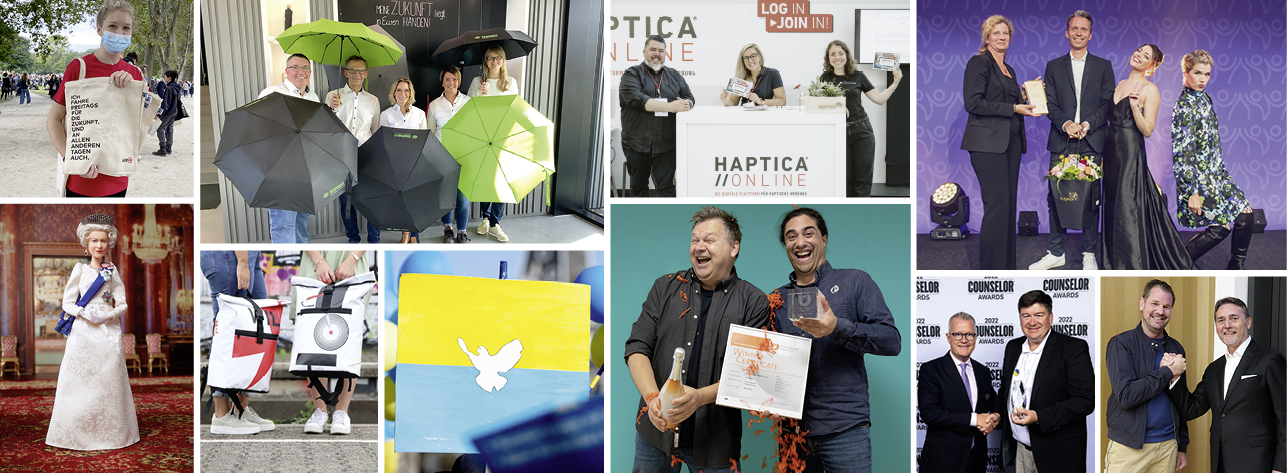
Quo vadis?
So, where is the journey headed? Is it possible and meaningful to make predictions – or have the last two or three years taught us instead that such an attempt is pointless? Yes and no. It is true, plannability is still wishful thinking. At the same time, it is occasionally vital to draw strategic conclusions from the turbulent developments of our times and to use these to formulate recommendations for action for one’s own business.
Point number one: Sustainability is not merely a trend or a great sales argument. Sustainability is a necessity. “Producing relevant products is not marketing, it is indeed essential to survive in two senses of the word, in terms of society and business- wise” (Sohns). Many users may presently be prioritising the price and not focusing as much on the sustainability balance of a product due to the difficult current financial situation, but by doing so they are often forgetting their target group. Namely the latter no longer has understanding for cheap products with no sense nor usage – the buzzword “purpose” has already hit the haptic advertising industry too and it is here to stay. “Choosing responsibly made products that will never be used is ultimately greenwashing“ (Frédéric Misseri, Synneo). “The sustainability factor will be very important. People will buy less, but better products“ (Thomas Davidsson, Wackes).
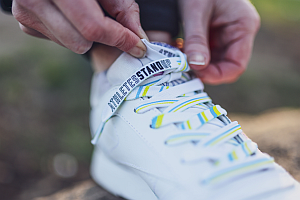
Solidarity with the Ukraine was reflected in numerous products.
Quality instead of quantity – an aspect of sustainability, which many should internalise, particularly at this present moment in time. Especially in line with point number two: “Higher, further, faster” no longer applies. The days are gone when trade shows announced new visitor and exhibitor records every year. The times when suppliers were able to realise the most amazing custom-made designs in the Far East within the shortest space of time are also long gone. The Amazon model as a benchmark for speed has also lost its attractiveness. Instead of lightning-fast delivery, the fact that one can deliver at all is what counts now – for instance thanks to well-planned warehousing. “Our early decision to increase the stocks of our top products has proved itself and has contributed to the growth in turnover” (Oster). Companies that are working on their processes now are not primarily doing so in a bid to outstrip the competition, but often also quite simply to retain their ability to act and to combat the inflationary pressure.
And – point number three – there is always something that can be improved. At least that is the impression that arises when – after the many streamlining, process optimisations and restructuring measures that COVID brought with it – strategy meetings are still being called in a bid to make companies even leaner. “We see automation playing a key role in the future and we will continue to invest in branding technology and software that will streamline our systems“ (Horner).
Point number four: In a market, that is currently not experiencing growth, but stagnating, if not actually shrinking, the aim is to increase market shares. An effective method, especially as far as the distributors are concerned, is external growth: Lagardère, AFSO and BV have merged to form Synneo in France, Wackes and Olsson & Co. have joined forces in Sweden and WER GmbH took over several market players in Germany. In the meantime, the international Zinc Group, under the umbrella of which big European players like MCS or Langhoff have been operating since recently, represents a turnover of more than 100 million Euros. “All these mergers are a trend of consolidation that will continue” (Davidsson). Especially since investors from outside the industry are elbowing their way onto the haptic advertising market and are attacking the vested market leaders in the course of a massive concentration. “We know that when investment funds step in, especially in a fragmented industry like ours, the concentration process starts. These large players have their cheque books open” (Misseri). But winning over market shares can also mean: Bringing haptic advertising forward in the marketing mix and in the minds of the decision-makers – an old, yet equally topical theme. Initiatives like the survey on the emotional impact of promotional products that the German industry association, GWW, presented in 2022 are of great use in this connection. The big challenge lies in making sure that such cognitions – and the solid evidence thereof – are correctly placed so that they are heard. “Unfortunately, we still don’t get enough recognition, if any at all. If we join ranks to strengthen our industry and learn from each other, we will all feel the benefit” (Baumgaertner).
That brings us to point number five: The exchange and the cooperation between all market participants is becoming more important than ever. Companies that – particularly in times of crisis – make personal profit the top priority of their entrepreneurial actions, may reap success short-term, but won’t lay the right fundament long-term. It remains to be seen whether all of these predictions turn out to be true. However, at least at the end of November a certain amount of cautious optimism prevailed. The interviews on the following pages underline how industry players from all over Europe are assessing their business and the economic and political developments as well as their forecasts for the future.
// Till Barth
photos: Loredana Sangiuliano/Shutterstock.com; Leka Sergeeva/Shutterstock.com; Sofia Voronkova/Shutterstock.com; WA Media Archiv




